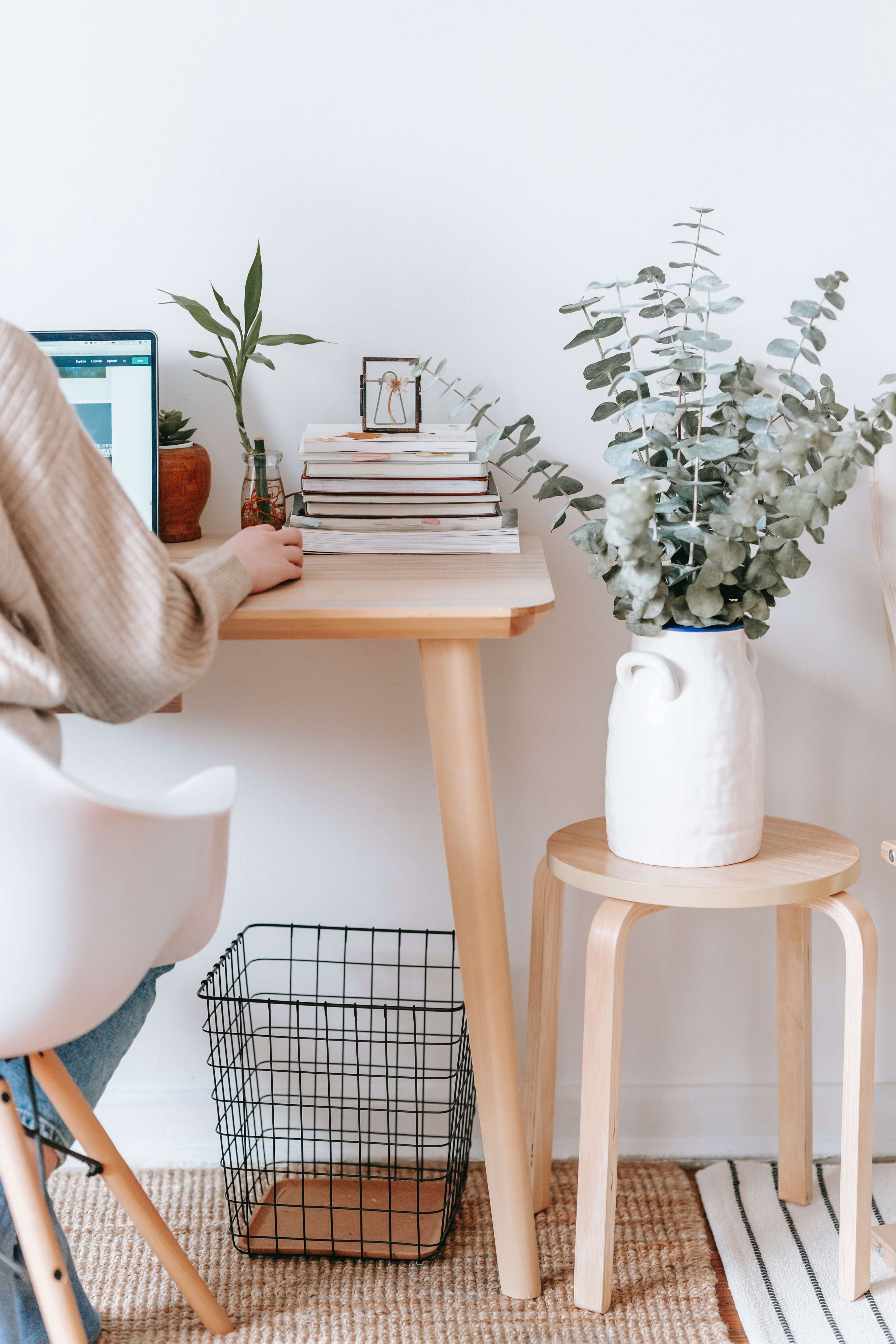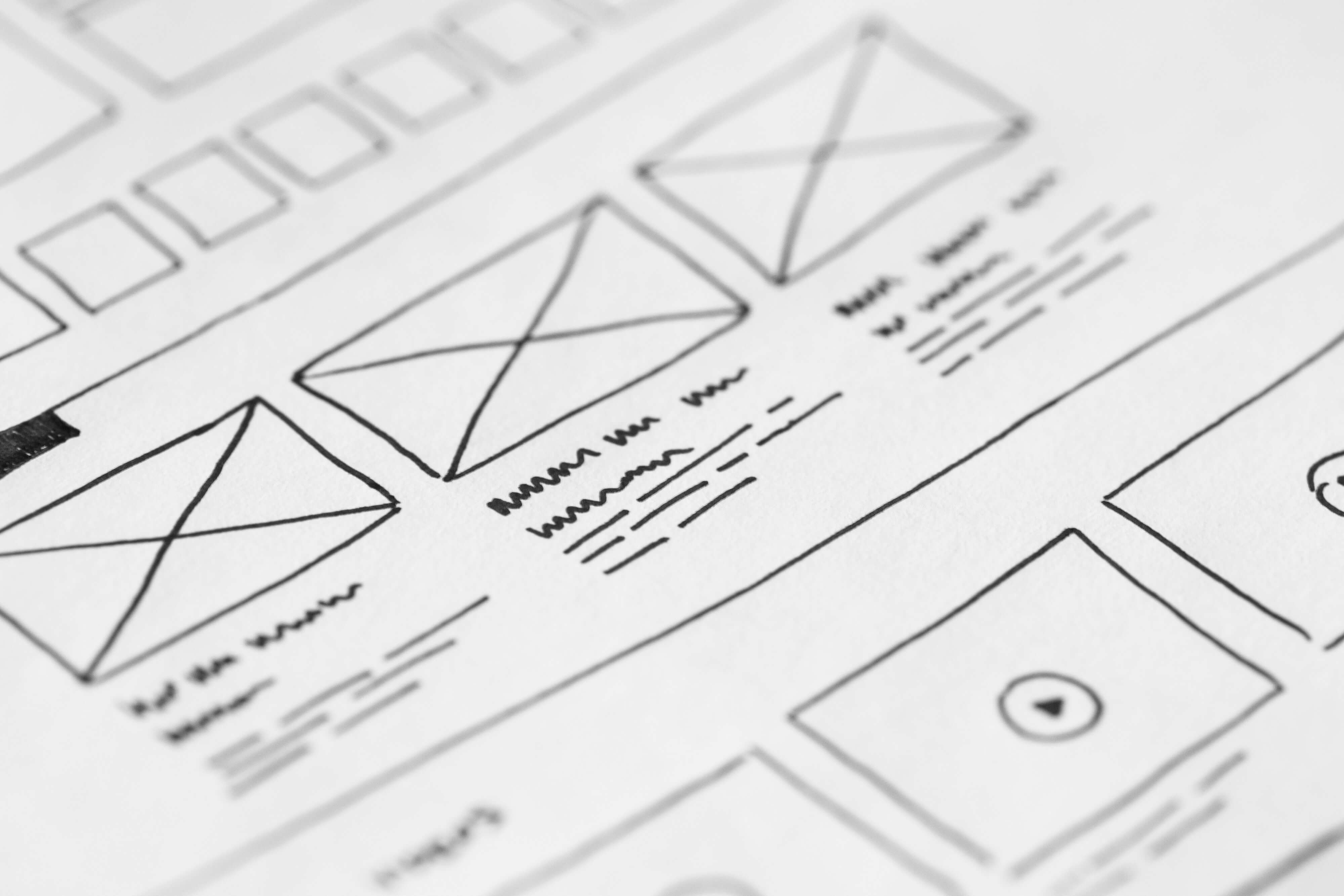Understanding exactly what your customers want has been at the heart of successful business since the dawn of commercial time. As an experienced web design company, we’re continually refining our thinking and approaches to help place a customer centric mantra into everything that we do too. We’ve learnt a lot along the way, and while latest developments are never going to be “latest” for long, we’d like to share our thoughts on what customers currently want and expect from good web design.
What is good web design?
It absolutely goes without saying that in today’s market, and let's face it yesterday’s too, there are not many businesses that don’t rely on their company website to a greater or lesser extent as a key marketing and positioning tool. Previously, good web design criteria would often be ticked with aesthetics alone. That wasn’t all bad, and there have been plenty of memorable designs that have their place in the web design hall of fame. However, web design now needs to go so much further than looks alone.
Why is good web design important?
Long gone are the days where aesthetics alone can be thought of as enough to get customers talking. Of course great, eye catching visual design is still an important aspect, but the discipline now encompasses a far broader spectrum that carefully considers the impact your website has on all users of your site and the mark it needs to make at ever increasing touch points across journeys and points of time. Your website needs to deliver great user experience, and be memorable for the right reasons. UX design does blur the lines between traditional web design and technical development, but it’s the blend of the two areas that really need to work in order to give customers what they really want from your website.
So what do customers want in a website?
It’s easy to fall into the trap of building a site for your business rather than for your audience. Or to focus on getting as many visitors with the potential to purchase onto the site as possible. So it’s important to put yourself in your customer's shoes and deliver on what is important to them at the point that they choose to interact with you.
Responsive web design
One overall principle to consider -how responsive is your website? Does it adapt to mobile? Does it consider the buyer's journey? It is intuitive, clean, and fast loading? All of these elements are factors in responsive web design, and we take a look at some of them in more detail below. Get these right and you’ve started building the foundations to start carrying your user journeys and interactions.
Speed
Design and speed? At first glance maybe not the obvious performance siblings you may put together, but your website design actually plays a huge role in how fast your website content can be delivered. This generally spans good architecture, well-planned back end development, and efficient front end coding. At Versantus, we nurture a performance culture within our development and UX design teams that helps up marry up visuals and code to produce fast, responsive websites and applications.

And why is speed so important? At the risk of being a little presumptuous here, we’re all aware that people are impatient, and slow websites are a turn off. But to put more context behind that, what you’re likely to be judged on when users attempt to navigate your site is whether you’re noticeably faster or slower than the competitors. A study by Smashing Magazine suggests that you may need to be 20% faster than your competition to win that race.
Those extra seconds in loading really do have a huge effect on your bottom line.
According to research carried out by Google in 2018, 53% of users on mobile devices will leave a site that takes longer than 3 seconds to load.
Website speed is a key influencer in search engine visibility. With mobile first indexing now the norm, your site or application needs to perform like lightning across all devices, or be subject to the wrath of the search engine gods.
Trust and credibility
Trust and credibility usually starts before your website users even arrive at your site. But marketing, and specifically search engine listing aside, once you’ve “bagged” that visit, your work on instilling trust begins. If you’re selling a product or a service, your visitors will be looking for evidence that their hard earned money will be spent wisely with you. This is likely to be enforced in different ways depending on your industry. You should be considering whether your customers are looking for;
- Great examples of the work you’ve done, and evidence that there are some delighted customers enjoying the benefits of that work
- That you are certified or endorsed by any relevant, and respected bodies
- And if being at the forefront of your industry is an important part of the decision to choose you, are you showing awards, industry reviews, insights, and customer reviews?
If you tick the boxes that give your customers trust and comfort in their choice then you’re already halfway there.
Navigation
There’s a time and place for experimenting with ground breaking ideas, and all too often this is done badly with navigation and site architecture. There can be a great temptation to invent new and often wacky ways to journey through sites, often justified by arguments of being different, standing out from the crowd, or creating a memorable experience. But this should be done with extreme caution, and at the very least carefully monitored with “plan B” in your back pocket.

Try to avoid aggravating or losing your visitors and where possible test your navigation on real users before releasing it. You should plan and consider your site taxonomy, whether you’re siloing content, and how deep your content lives. Strive to make navigation easy, and avoid overwhelming your users with busy, over populated drop downs. And don’t neglect your mobile navigation, which often brings a whole new set of challenges.
Live chat
There is a growing bank of research and evidence to support the benefits of live chat. Whilst you might think it's not right for you or your website, it’s worth considering that in a 2020 study by 99 Firms:
- 79% of consumers prefer live chats because they offer instant responses.
- Live chat has the highest consumer satisfaction rate at 92%.
- For 41% of consumers, live chat is a preferred channel for contacting support teams.
- 63% of consumers who used live chat on a website are likely to return to that site
Figures you can’t really afford to ignore, and as it happens, we haven’t ignored them either, to the point where we’ve even developed our own rather clever chatbot with the help of funding from Innovate UK. Once you’ve finished here, have a read about our own chatbot.
Beautifully elegant visual design
To come almost full circle, we really should not forget that aesthetics are still a major part of great website design. Once you have the technical elements in place, a speedy delivery of content, and user experience well and truly nailed, it’s time to create that wow with visuals, and those design elements that put the icing on the cake. People are still hugely visually led, and appreciate beautiful and fresh designs. Some web design styles you may want to consider are;
- Flat design: This reverses past trends that attempted to add depth to elements, such as drop shadows, and gradients, giving a more restful, two dimensional feel.
- Skeuomorphic: Creating digital assets to mimic real-life counterparts so that they feel more familiar and comfortable to use. An example may be a volume dial on a music editing app. More recently skeuomorphic design has seen a resurgence thanks largely to the digital connectivity of more everyday items - or in short - the internet of things. Flat interfaces on watches and cars are now mimicking their older recognised ancestors.
- Minimalism: As the name suggests, this about decluttering and steering the focus to the product or feature element of a page. This approach will often use reduced palettes, and plenty of space for elements to breath.
Can we help with your website design needs?
Do you know what you want from your next website project? Why not talk to us and find out how we can make that happen. Contact us today and open up a conversation with one of the team at Versantus, and see what we can offer you.

